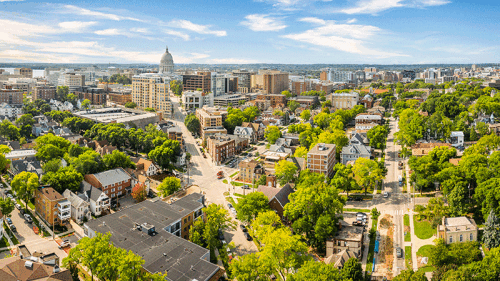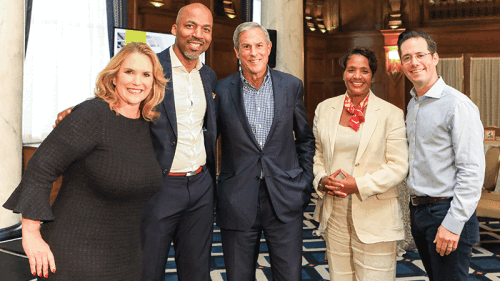Often I need to pause to remember not only what day it is, but what month it is. That is not uncommon among people working on a periodical (at least I hope it’s not), because the work focuses on magazines that will be read several months later. Readers of Urban Land are usually focused even farther out, with a time horizon measured in years, if not decades, as they plan new developments—even whole, new cities—and figure out how best to design, finance, build, and market them.
This issue is focused on the future as well, with insights on upcoming market conditions from the latest Emerging Trends in Real Estate reports on the Asia Pacific region and Europe. This year’s editions of the reports, published annually by ULI and PwC, find that cash is chasing deals all across the globe. Emerging Trends offers candid opinions from industry leaders regarding which cities and real estate sectors are most likely to benefit from that chase in 2015. The articles begin on page 67.
The chase is on for affordable urban lifestyles as well. In an article beginning on page 46, Patrick Kiger looks at some of the cities millennials have started to flock to. Increasingly, members of the huge and extraordinarily influential demographic group born in the 1980s and 1990s are finding that smaller cities have their share of bike trails, craft beers, and Uber drivers. One of the biggest questions facing developers today is where and how the millennials will want to live as they age out of their roommate days and into parenting and paying property taxes. Will they remain in big cities, migrate to less-expensive communities, or finally apply for a driver’s license and head to the suburbs?
Affordability, of course, is a more serious matter than choosing to cut back on the latte budget to save up for a house downpayment. Developers and civic officials are constantly challenged to increase the supply of housing that is affordable to members of the workforce, people with low incomes, and those with special needs. Beginning on page 42, writer Ron Nyren presents insights on this critically important topic from experts on affordable housing and members of ULI’s Affordable/Workforce Housing Council. They discuss all aspects of the issue, including design, zoning, finance, and provision of social services.
And, as a prelude to ULI’s Spring Meeting, which will be held in Houston on May 13 and 14, we present an up-close look at the city’s Astrodome—the pioneering covered stadium (which, by the way, led to the birth of Astroturf). A breakthrough in architecture and engineering when it opened in 1965, the Astrodome sits, unused, next to the gleaming NRG Stadium, and debate has raged among Houstonians over whether to demolish or rehabilitate the old dome. The clock is ticking: locals would like to resolve that question before NRG Stadium hosts the Super Bowl in 2017. You can find out how members of a ULI Advisory Services panel weighed in on that question in an article by Houston writer Ralph Bivins, starting on page 62. Once again, the timeline is measured in years, and 2017 is not far off.
Elizabeth Razzi
Editor in Chief





